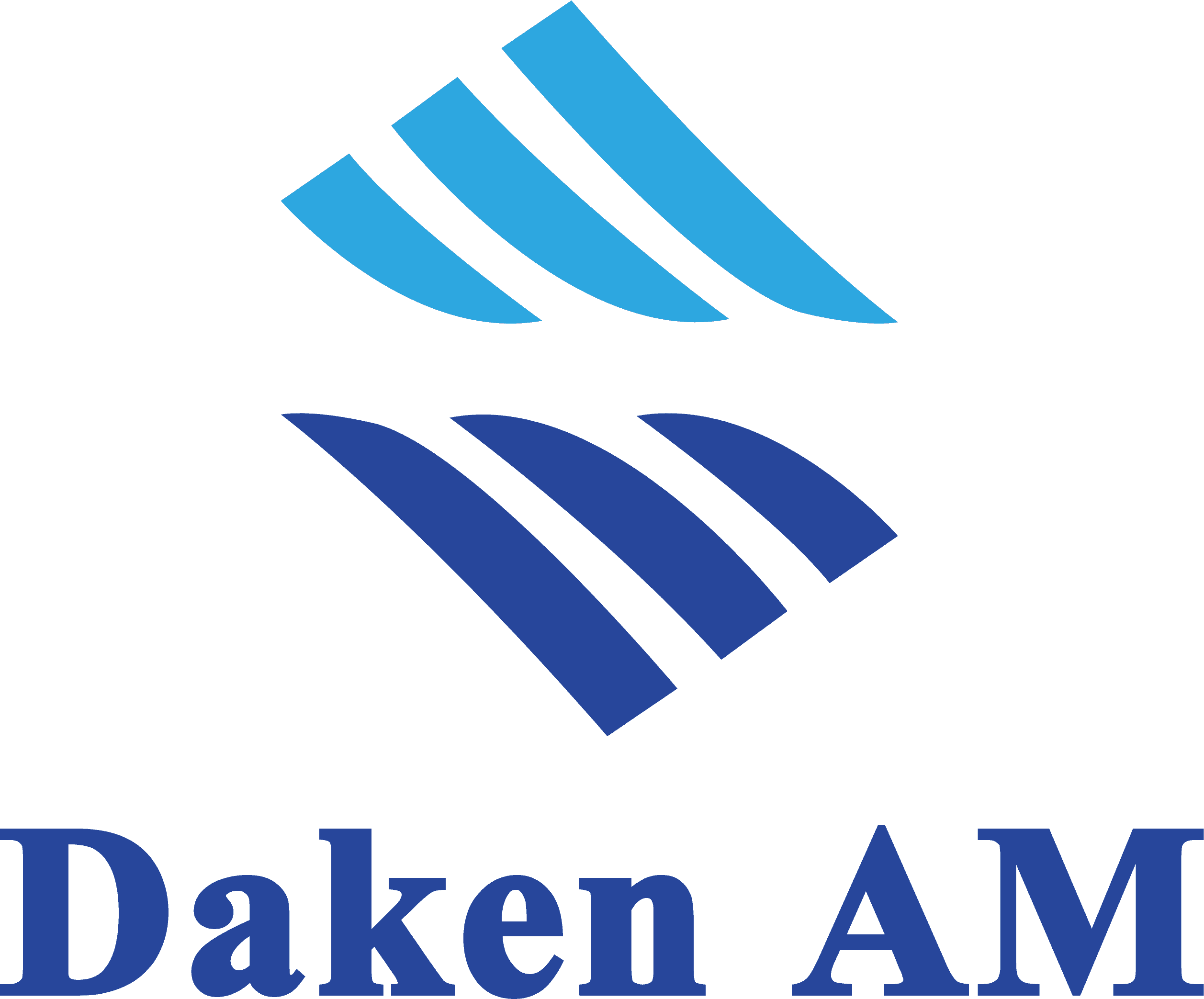| Shanghai Daken Advanced Materials Co.,Ltd | |
|---|---|
| Country: | China |
| Tel: | +8637166670886 |
| E-mail: | info@dakenam.com |
| QQ: | 1690700875 |
| Skype: | Chat Now! |
Pharmaceutical Silanes Ultimate Guide to 6 Industry-Leading Breakthroughs
Release time: 2024-12-12
In this post, Dakenchem discusses pharmaceutical silanes like (3-Acetamidopropyl)trimethoxysilane CAS NO. 57757-66-1 and dichlorodimethylsilane CAS NO. 75-78-5. Silicon-based silane-based excipients are revolutionizing medication delivery. They improve medicinal molecule stability and offer novel pharmaceutical synthesis strategies. However, its utilization requires strict safety and environmental considerations. This guide discusses six significant advances that will change pharmaceutical silanes and modern medicine.
Main Drug Formulation Uses
Pharmaceutical silanes boost drug efficacy and stability. Silane-based excipients like (3-Acetamidopropyl)trimethoxysilane CAS NO. 57757-66-1 increase active medicinal component solubility and bioavailability. By improving distribution and absorption, these silanes help drugs work better. They also give a solid framework for constructing controlled-release formulations.
Dichlorodimethylsilane CAS NO. 75-78-5 is another important ingredient used to synthesize silicon compounds in drug delivery systems. This silane coats and films tablets and capsules to improve stability and shelf life. Hydrophobicity protects sensitive active components from moisture and environmental deterioration. Pharmaceutical developers can construct more effective and trustworthy medication profiles for specific therapeutic needs by using these silanes' unique properties.
Improving Drug Stability
Pharmaceutical silanes improve medicinal compound stability. By protecting medicinal formulations from moisture and temperature changes, these silanes strengthen them. This barrier greatly decreases deterioration. Pharmaceutical silanes interact with active substances to stabilize molecular structures.
Pharmaceutical compound integrity depends on silane-based excipients. They ensure dose and effectiveness by evenly distributing active chemicals throughout the formulation as intermediates. Excipients bind and cover active chemicals to form a cohesive matrix that protects them from external stresses. Their involvement improves the drug formulation's physical stability and guarantees that the active components stay effective throughout its lifecycle.
The Synthesis Innovation
Novel pharmaceutical silane manufacturing technologies have transformed drug delivery systems. Scientists can synthesize highly pure silane molecules for pharmaceutical use using sol-gel methods and catalytic reactions. These techniques precisely control molecule structures. Novel silane-based excipients that increase medication solubility and bioavailability have been made possible by such advances.
Benefits of silicon compounds in drug delivery include designing complex delivery devices. These chemicals are necessary to controlled-release processes. This ability is necessary for long-term drug bloodstream maintenance. Silicon compounds can also safeguard sensitive active components from environmental degradation by forming protective matrices. Pharmaceutical manufacturers can create more efficient, dependable, and patient-friendly drug delivery solutions by combining these modern silicon-based technologies.
Breakthrough
Due to their reactivity, pharmaceutical silanes must be handled carefully. To avoid skin and eye contact, workers should wear gloves, goggles, and lab coats. Inhalation dangers can be reduced by working in well-ventilated environments or using fume hoods to disperse airborne particles. All staff must be trained on handling and emergency procedures to reduce exposure and manage events safely.
The storage and disposal of pharmaceutical silanes must follow particular criteria to prevent unintentional discharges. To maintain stability, store these chemicals in airtight containers away from moisture and incompatible substances. Safe storage requires regular container integrity and environmental assessments. To avoid environmental pollution, garbage disposal should follow local standards and use recognized procedures. These safety procedures allow laboratories and production facilities to use pharmaceutical silanes safely and protect personnel and the environment.
Ecological Considerations
Due to chemical reactivity and endurance, pharmaceutical silanes may affect the environment. If not managed appropriately, these chemicals can pollute water and soil. VOCs from silanes during manufacturing and disposal can pollute the air and cause global warming. Silane breakdown products may stay in the environment.
Several methods can reduce environmental concerns. In industrial operations, closed-loop systems capture emissions and reduce waste. Enhancing waste treatment facilities to neutralize silane byproducts prevents them from entering waterways. Where possible, silane recycling and reuse reduce environmental footprints. These techniques can help the pharmaceutical business comply with environmental requirements and reduce the environmental impact of pharmaceutical silanes.
Future Plans and Innovations
Advances in pharmaceutical silanes will change medicine development and delivery. Smart silane technologies that respond to environmental stimuli for targeted drug release are promising. Precision medicine will benefit from these innovations. Green chemistry will also make silane production more environmentally friendly while maintaining efficacy.
Innovations in silane-based research include multifunctional silane compounds with improved stability and bioavailability. Nanotechnology researchers are also investigating how silanes' unique chemical properties can improve nanoparticle delivery to specific body sites. Using targeted delivery to treat complex diseases like cancer could be revolutionary. Pharmaceutical silanes may play a larger part in next-generation medicines as these technologies mature.
Company Highlight Pharmaceutical Silane Innovations
In the dynamic sector of pharmaceutical silanes, XYZ Innovations leads research and development. Drug delivery techniques have been transformed by the company's ability to synthesize (3-Acetamidopropyl)trimethoxysilane and dichlorodimethylsilane. XYZ Innovations improves medicinal compound stability and efficacy with silane-based excipients.
XYZ Innovations puts sustainability first while making medicinal silanes. They explore silicon compounds in drug delivery to reduce their environmental impact, supporting global sustainability goals. The company emphasizes safe handling of these substances and invests in cutting-edge technologies to improve their uses. Through collaboration with industry leaders and regulatory bodies, XYZ Innovations continues to set new benchmarks in the safe and effective use of silanes.
Final Thoughts
As the pharmaceutical industry continues to evolve, the role of pharmaceutical silanes becomes increasingly important. These compounds, such as (3-Acetamidopropyl)trimethoxysilane and dichlorodimethylsilane, play an important part in enhancing drug formulation and stability. They offer unique properties that improve the delivery and efficacy of medicinal compounds. Silane-based excipients and silicon compounds are leading innovations in drug delivery.
Investing in the research and development of pharmaceutical silanes is paramount for advancing healthcare solutions. Companies and researchers are encouraged to explore these compounds further,. By delving deeper into how these silanes can be synthesized and utilized, the pharmaceutical industry can uncover untapped potential. This exploration promises to drive forward the future of medicine. Embracing this opportunity will ensure the continued progress of effective and innovative therapeutic solutions.

